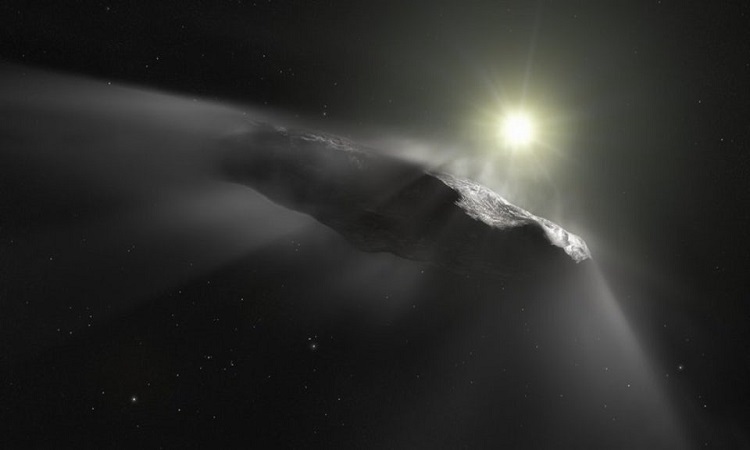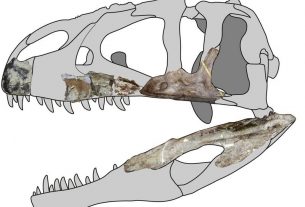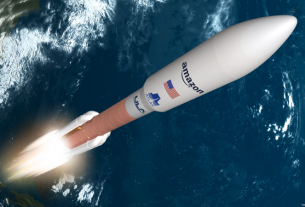GJ 3470 b, located about 100 light-years from Earth, has a peculiarity: that of not resembling any other world in our system, but at the same time representing the vast majority of the exoplanets of our Galaxy. These objects are called “Super-Earth” or “mini-Neptune.” Simply because their mass is between those two planets, Gj 3470 b, in this case, weighs about 12.6 Earth masses, but less than Neptune which weighs about 17 land masses.
Since these planets are common in the Milky Way, it is important to study their physical characteristics. In this sense, a team of astronomers recently relied on the Hubble and Spitzer telescopes to probe the atmosphere of GJ 3470 b. A spectroscopic study made possible by signatures of filtered light as the planet passed in front of and behind its star. In total, the telescopes observed 12 transits and 20 eclipses.
A limpid atmosphere
And the results, published in the journal Nature Astronomy, were a bit confusing. The data collected have indeed revealed a particularly clear atmosphere, composed in the majority of hydrogen and helium. All wrapped around a rocky core. In other words, the researchers found no trace of heavy elements but recorded a composition very similar to that of the stars.
“We expected an atmosphere heavily enriched with heavier elements such as oxygen and carbon that form water vapor and methane in abundance, similar to what we see on Neptune,” says BjörnBenneke, co-author of the study. Instead, we found an atmosphere so poor in heavy elements that its composition resembles that of the Sun, rich in hydrogen/helium. “
Explore more worlds
For researchers, this planet seems to have formed where it is today. She has not migrated. Staying close to its star – a red dwarf twice as light as the Sun – which was originally a single rocky nucleus then “recovered” some of the hydrogen and helium available in the primordial gas disk surrounding the star. This disc then faded, preventing the planet from gaining extra mass.
This unpublished study now allows us to understand the processes of global formation in our Galaxy better. Researchers are now looking to build on the next generation of more powerful telescopes to analyze more extraterrestrial atmospheres. We think in particular of the James Webb Telescope, whose launch is normally planned for 2021.




